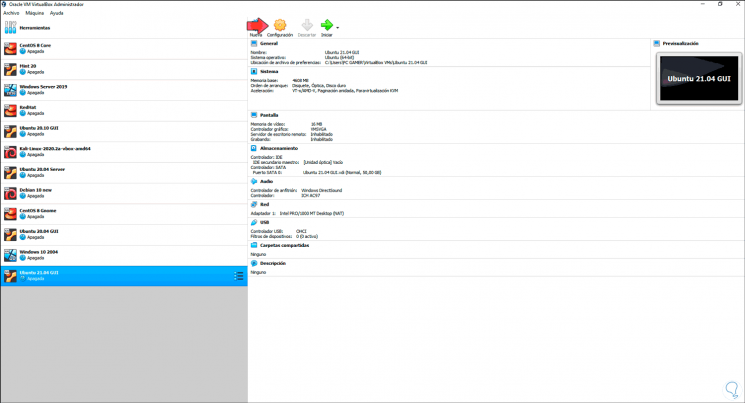
VBoxSVC.log For Ticket #14437 - VB updated to r102229 VBoxSVC.4.log

VBoxSVC.log For Ticket #14437 VBoxSVC.3.log VBoxSVC.log generated with VBox 5.0.3-102229 Screenshot: Running Win10 and VBox within a VM VBoxSVC.log after executing "VBoxManage list bridgedifs" You have to look for the virtualization option in the BIOS and enable it.Screenshot of Hosthonly network adapter with NDIS6 driver Reboot your system and as soon as it powers up, press F2/F10/F12 to access BIOS settings. You’ll have to activate it in your BIOS settings first. This means that virtualization is blocked on your system. Not in a hypervisor partition (HVP=0) (VERR_NEM_NOT_AVAILABLE).ĪMD-V is disabled in the BIOS (or by the host OS) (VERR_SVM_DISABLED). If you face this error while using the virtual machine: Troubleshooting: AMD-V is disabled in the BIOS I strongly recommend using VirtualBox Guest Additions on Ubuntu for it provides better compatibility and you would be able to use copy-paste and drag-drop between Linux and Windows. You can even delete the Linux ISO that you downloaded earlier. The installation is a one time only process. From now on, just click on the installed Linux virtual machine. If you prefer videos, you can watch the one below from our YouTube channel:Īnd that’s all. I am installing Ubuntu 17.10 in this tutorial, but the same steps apply to any other Linux distribution.

Make sure to enable virtualization in the BIOS.

(It can work with less RAM as well, but your system will start to lag while using Linux in the virtual machine.)

Brief: Using Linux in a virtual machine gives you the option to try Linux within Windows.


 0 kommentar(er)
0 kommentar(er)
